Statistics Show Medical Errors Is The Third Leading Cause of Death in the United States
According to a recent study published in the journal BMJ, medical mistake is the third largest cause of death in the United States. In 2013, the Centers for Disease Control and Prevention (CDC) reported that heart disease was the number one cause of death accounting for approximately 611,000 lives, and then cancer at 585,000 lives per year. The statistics further found an estimate of 251,454 people died from preventable hospital medical errors. Respiratory diseases came in as the fourth leading cause of death and accounted for about 150,000 deaths. The number of preventable deaths does not include deaths related to nursing homes and outpatient care, which would have increased the fatalities even more. Prior to this study, the death toll was approximately between 250,000 and 440,000 per year. The CDC, World Health Organization (WHO) and National Center for Health Statistics hold the mortality statistics from the number of death certificates filed in the United States, but does not include any data on medical mishaps.
Medical error is defined as a preventable adverse effect of care, an unintended act, either by omission or commission, due to an inaccurate or incomplete diagnosis or treatment of a disease, injury, syndrome, behavior, infection, or other ailment, as noted by Wikipedia.
Martin Makary, the lead author of the study, a surgeon and professor at John Hopkins University School of Medicine in Baltimore stated, “people don’t just die from bacteria and heart plaque, they die from communication breakdown, fragmented healthcare, diagnostic mistakes, and over-dosing.” It was further noted, “if medical error was a disease, it would rank as the third leading cause of death in the U.S.”
The actual number of deaths caused by medical error is underreported and better reporting is needed to prevent future fatalities. It is inevitable that human error will occur as we have all heard of the book “To Err is Human.” However, hospitals and the system we utilize need to design a safer universal structure in reducing the errors at an earlier stage, making it more visible to the human eye in order to prevent unnecessary death. The error may occur at any time, from when the ill person reaches assistance either by a phone call (911, physician office, and/or hospital), ambulance transfer, triage, emergency department, hospitalization, treatment, surgery/operation, rehabilitation, therapy, patient education and discharge to home, nursing home, palliative care facility, or assisted living facility. At any time during these stages it is possible for the process of care to be interrupted, resulting in further injury and possibly death to the patient.
If you have a medical malpractice or personal injury case and need assistance in discovering where the care went wrong or need help in mitigating the damages, Julia Sze & Associates, LLC can help.
Call us today at 917-407-5522 for a free consultation. RISK-FREE GUARANTEE.
Julia Sze, RN, MS, CLNC
Julia Sze and Associates, LLC
References
BMJ 2016; 353 doi: http://dx.doi.org/10.1136/bmj.i2139 (Published 03 May 2016)
Cite this as: BMJ 2016; 353:i2139 by Martin A. Makery and Michael Daniel, research fellow.
Deaths: final data for 2013. National vital statistics report. http://www.cdc.gov/nchs/fastats/leading-causes-of-death.htm.
https://www.facs.org/media/press%20releases/jacs/culture1215
https://www.sciencebasedmedicine.org/are-medical-errors-really-the-third-most-common-cause-of-death-in-the-u-s/
Medical Error definition: https://en.wikipedia.org/wiki/Medical_error



